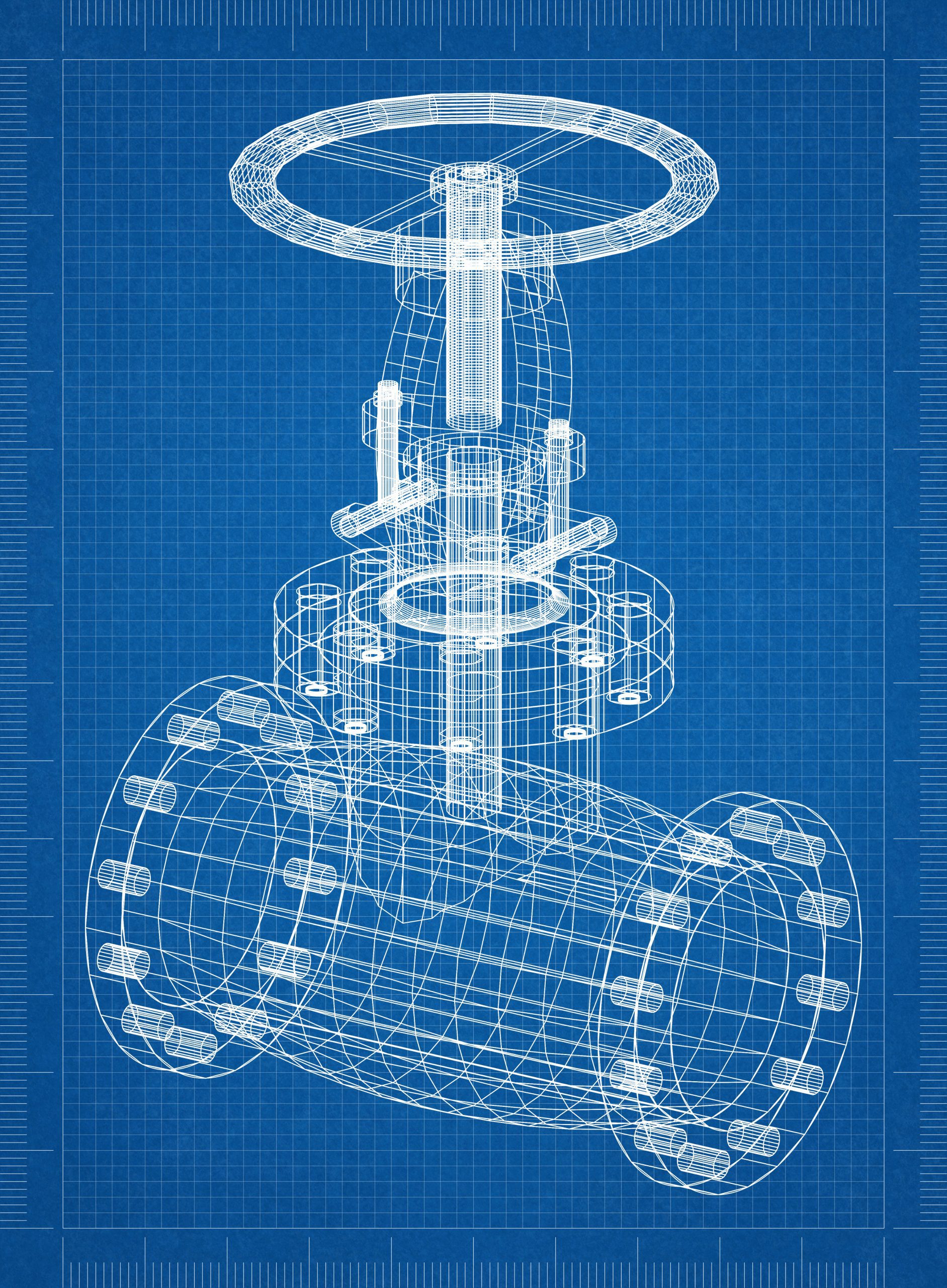A look into the changing landscape of valves and associated technologies.
By Bob Donnelly – Vice President of Business Development – Flo-Tite Valves & Controls
With extensive experience in valve automation, having managed the introduction of the El-O-Matic rack and pinion pneumatic actuator to the market in the late 1990s, I have observed—and still participate in—the evolution of valve automation.
The concept of using an actuator to open and close a valve hasn’t changed, but the valve automation components, associated technology, and hardware have.
The basic configuration still consists of the actuator, mounting kit, and valve. However, the mounting of an actuator on a valve has been modified considerably. Designs now range from direct mounting actuators (that also eliminates bracketry) and inexpensive ISO mounting kits to costly machined mounting hardware.
The next change was the introduction of the Stem Extension, a device that acts like a bracket and mounts on a valve to reduce the transfer of heat from the valve to the actuator, which can potentially damage the internal parts of the actuator.
Automation components, too, such as positioners, solenoids, limit switches, and other devices are utilized to better control the flow of compounds through valves that are constantly being modified for specific applications. The components have become the interface between the valve, actuator and sophisticated manufacturing process control systems.
The construction design of the standard ball, butterfly, plug, control, and other valves used in process control systems have remained fundamentally the same. Yet, the materials are constantly being improved for added longevity and functionality.
Advances in Technology
Information Technology (IT) has influenced valve evolution as well.
Software continues to develop with ever-changing, effective process control manufacturing systems. Software is available from almost every control valve supplier, making it widely accessible for improved efficiency.
Configurators, software that selects valves and automation packages without any human intervention, is slowly replacing the age-old human physical quoting process.
Software can analyze valve data to calculate air pressure savings over time, which shows that smaller actuators can now be used for certain process control applications, helping to reduce overall costs.
Other types of software can save huge costs with certification processes for new valves being installed in pharmaceutical manufacturing facilities. Historically, every valve required a Certificate of Traceability, identifying critical information associated with each valve.
Specific software now captures this information and produces only one physical document for an entire batch of new valves. This offers huge savings – and huge amounts of physical time – thus eliminating errors.

More Software and Valve Tech
Automated purchasing systems are another evolution in the industry. Specifications for valves and automated valve packages are an integral part of MRP systems for major manufacturing firms. Orders are placed automatically with their approved valve suppliers based on predetermined factors. Valve evolution is also influenced by consolidation. Large companies merge, valve manufacturers are being purchased, and suppliers frequently acquire industrial valve distributors.
Equity investment firms have become more prominent as well. All this influences technology, the use of new materials, and applications.
Foreign Competition
The dynamics of foreign competition is an additional dimension to the U.S. valve market in terms of new foreign technology, profitability, and competition. The result is that U.S. valve manufacturers have incorporated many of the valve technologies and automation components from companies and valve partners overseas.
In summary, the evolution of valves has resulted in a much more efficient and productive industry, paving the way for more growth, innovation and sustainability.


